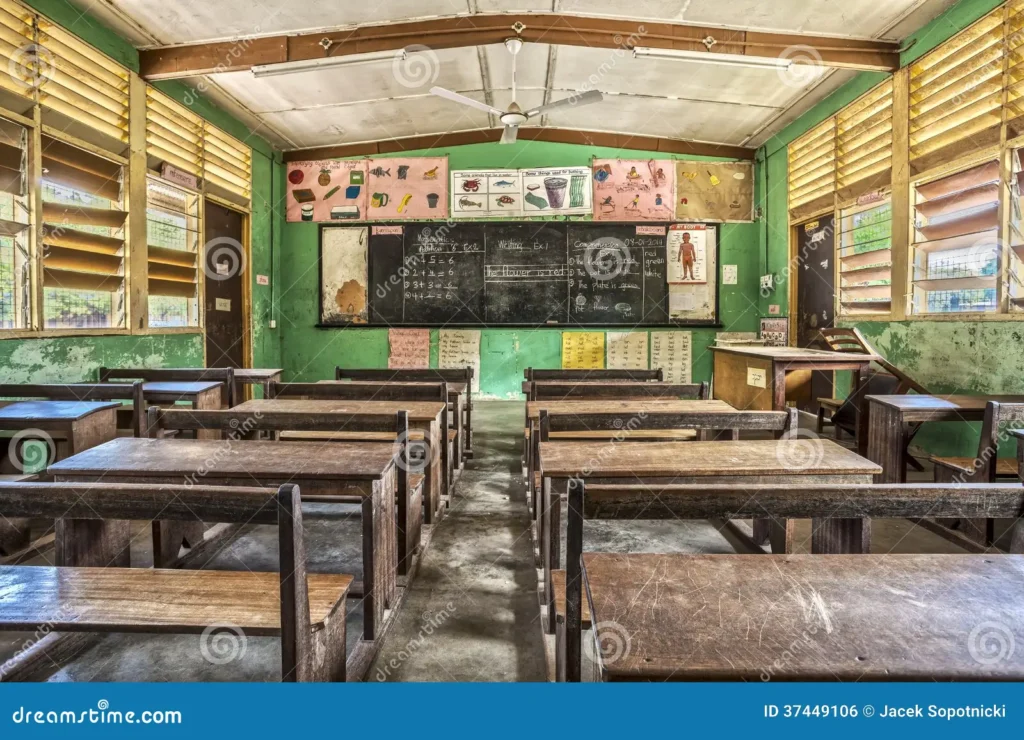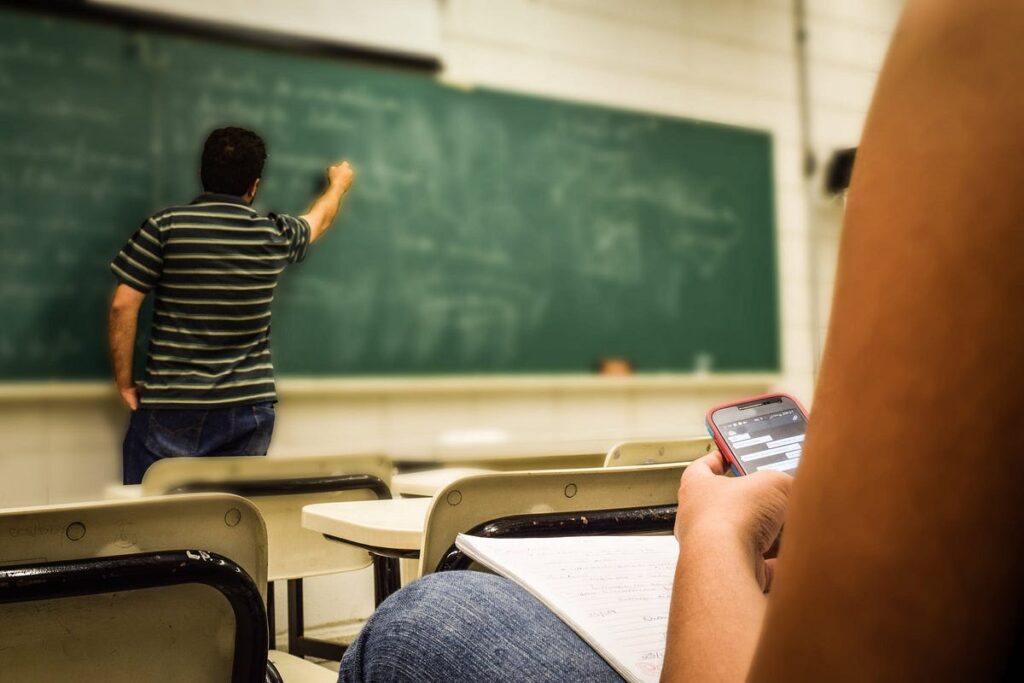
Education has always formed the bedrock of progress in societies. From the oral traditions of ancient times to the digital revolution of the modern world, teaching and learning have undergone transformative evolution. Today, we stand on the cusp of an educational revolution powered by artificial intelligence and digital technology. The journey from chalkboards to chatbots underlines not only how far we’ve come but also the infinite possibilities ahead.
The Traditional Classroom: A Legacy of Chalk and Talk
For years, education has been about a teacher standing at the front of a classroom with chalk in hand, imparting his knowledge to lines of attentive students. The chalkboard became universally synonymous with teaching-the easy and effective way to make points that were incredibly complex. This one-size-fits-all approach leaves little room for personalization; students either flourished or struggled to keep pace.

The Digital Revolution: A New Way of Learning
Another major shift in modern education came with the introduction of computers in the late 20th century. Suddenly, the classrooms were not confined to textbooks and blackboards. With the democratization of access to knowledge through the internet, suddenly students could look beyond their textbooks. PowerPoint presentations and interactive whiteboards made subjects come alive as the process of learning grew more interesting.
E-learning platforms such as Khan Academy, Coursera, and Udemy revolutionized self-paced learning, letting students learn any time from anywhere. It helped educators in more innovative ways of tracking student progress and adapting teaching strategies towards individuals’ needs.
Chatbots in Education: Personalized Learning Companions

The latest bound in this echoes in the form of AI-powered chatbots. Unlike their counterpart chalkboards, these chatbots use AI to engage with students through real-time responses, questions, feedback, and personalized learning experiences.
Chatbots, like Duolingo AI tutors or Quizlet learning assistants, are changing the very face of how students engage in materials. They can provide personalized pathways based on the strengths and weaknesses of a student, so no student gets left behind. More importantly, they can operate 24/7 and, therefore, be most made use of by students who require extra coaching beyond regular class timings.
Benefits of AI and Chatbots in Education
Personalization: AI-powered tools adapt to students’ learning speed and style; hence, every learning pathway is unique.
Accessibility means that high-quality learning materials can reach students in distant, under-resourced areas around the world, narrowing an educational gap.
Efficiency: With the freeing of time, teachers can concentrate on their work without the burden of routine tasks such as grading and administrative work.
Engagement: Gamified learning platforms and interactive tools make education more enjoyable for students.
Challenges and Ethical Considerations
Despite the benefits that are tagged within, in practice, there are quite a number of challenges AI may face in its rise within education:
Data Privacy: The AI systems involve the intake of immense amounts of data. This indeed raises serious concerns about the privacy of the students.
Equity: Most modern technologies are not equally distributed among schools and students; this might cause a greater divide in the outcome of education.
Teacher’s Role: With the rise in dependence on AI, the role of teachers may change, and a question may be raised about how much technology and how much human interaction should go into education.
The Road Ahead: Merging Tradition and Technology

While technology offers exciting possibilities, it’s essential to remember that it’s a tool, not a replacement for human connection. The future of education lies in integrating technology with traditional teaching methods to create a holistic learning environment.
Teachers will continue to play a crucial role in mentoring and facilitating the students as they go through the courses, while AI and chatbots will be right beside them as trusted allies, making the learning experience even better with personal support and interactive tools.
Conclusion
The transformation from the Chalkboard to Chatbot reflects a sea change in education, much like humankind has innovated and learned to adapt. While new methodologies and technologies are being adapted, it becomes equally important to guarantee that they are applied in an inclusive and ethical manner so as to bridge gaps and not create them. Both the traditional method and modern tool together point toward a better and more equal future for education. The classroom of tomorrow is here; let’s build a place where every student can thrive.




